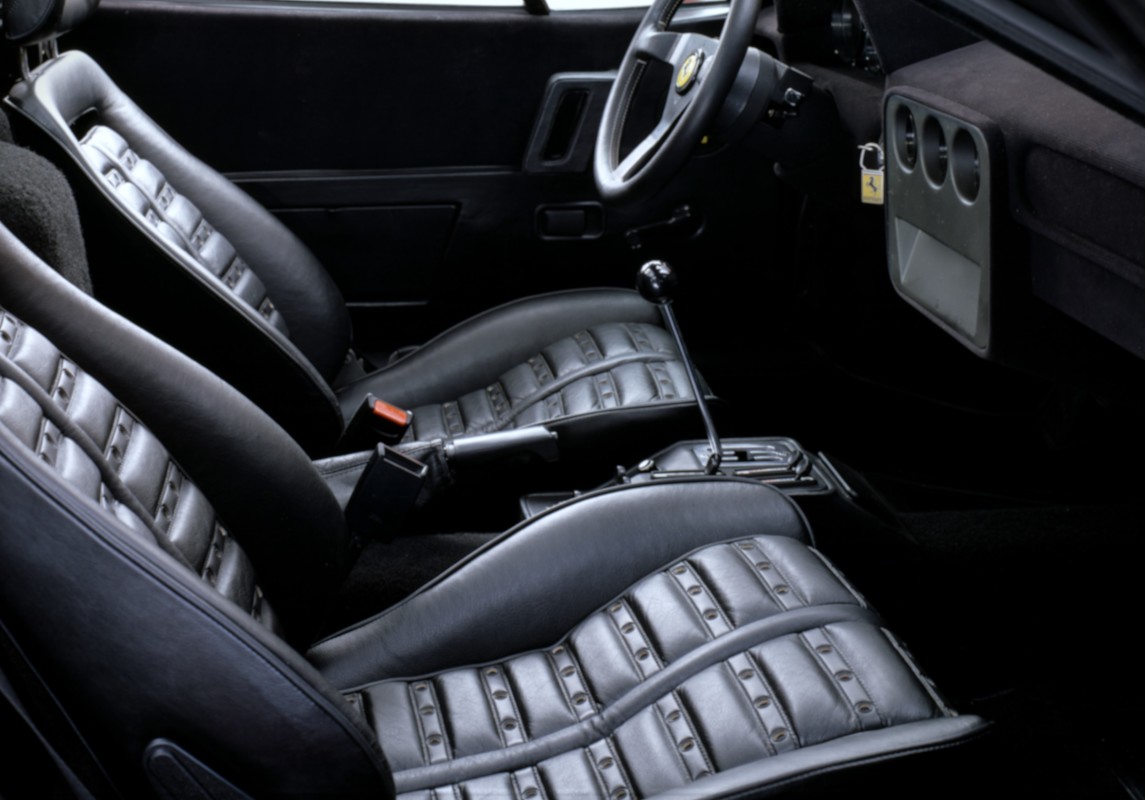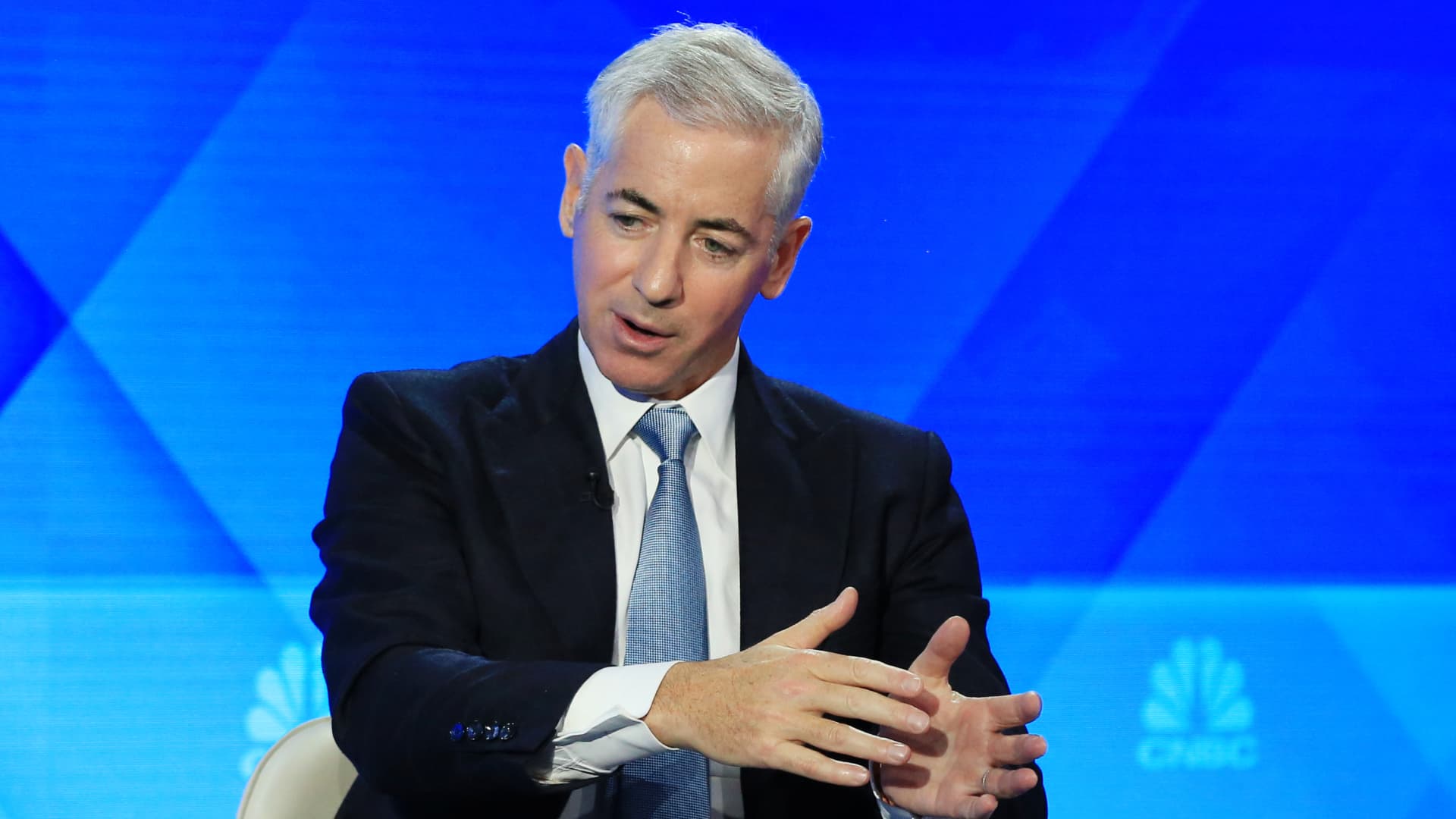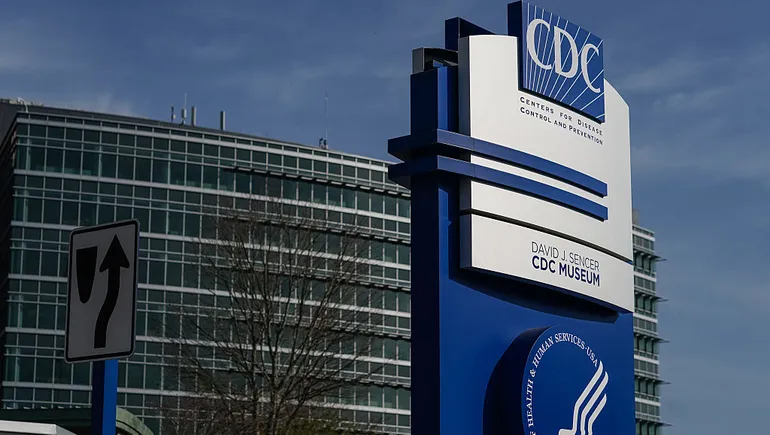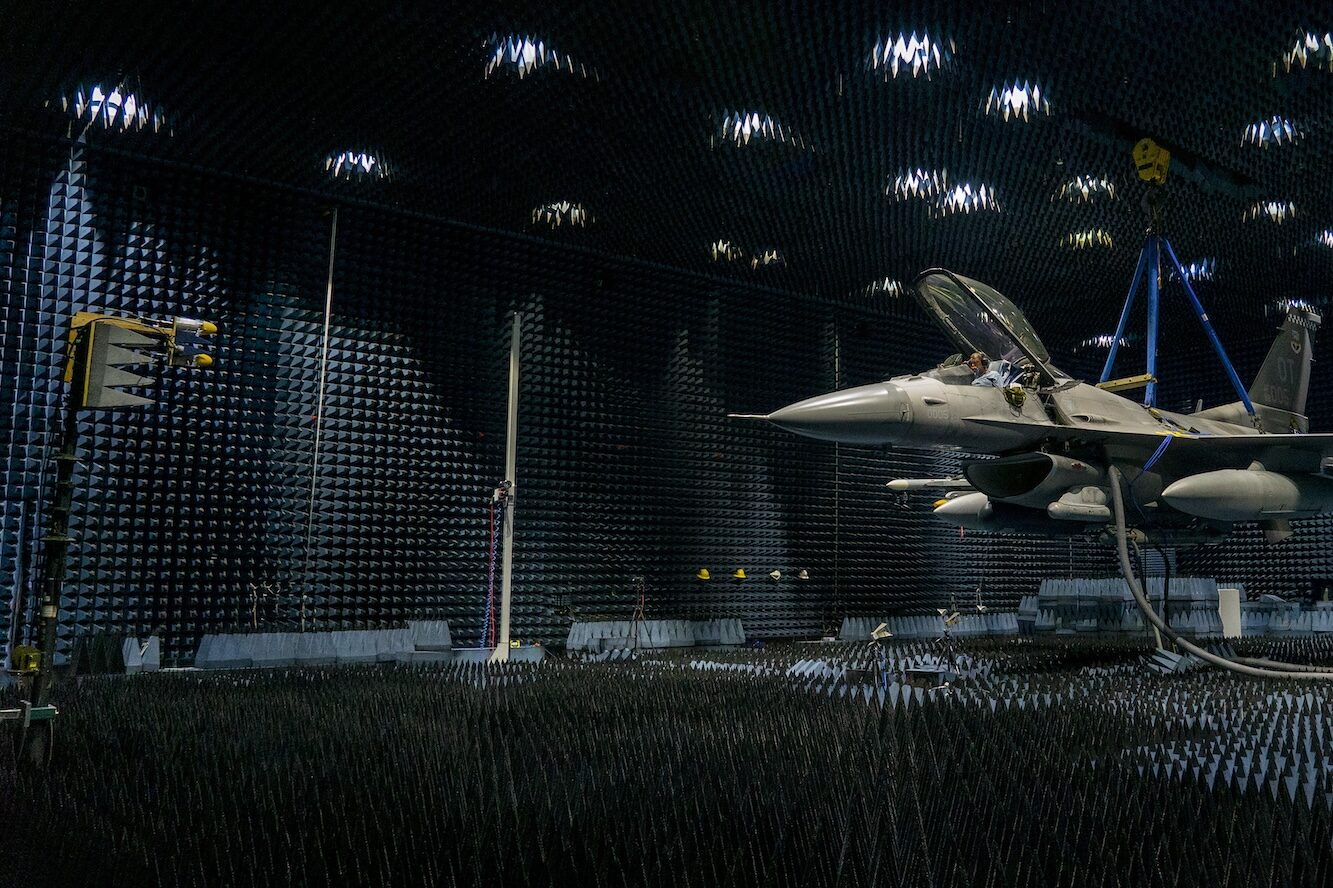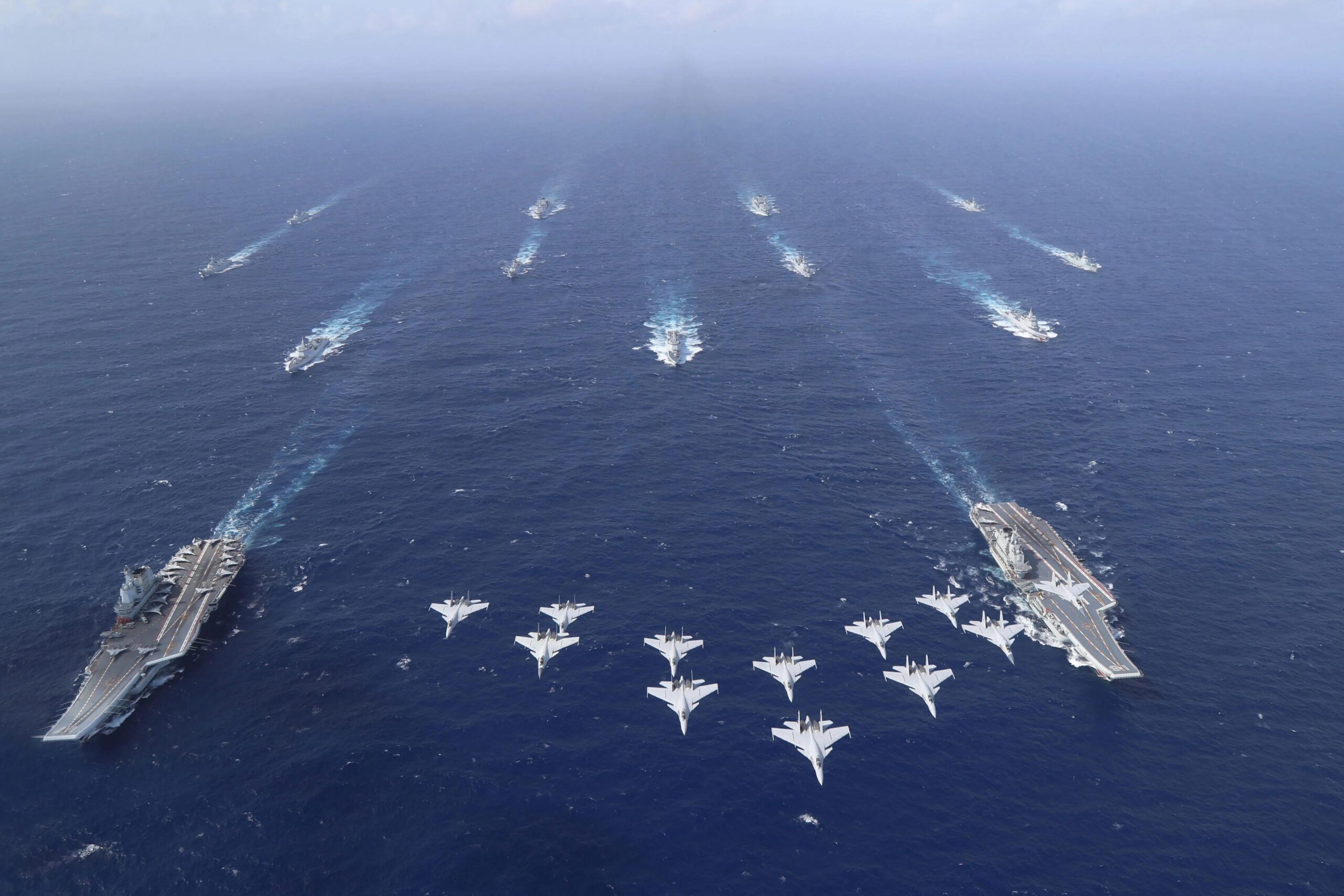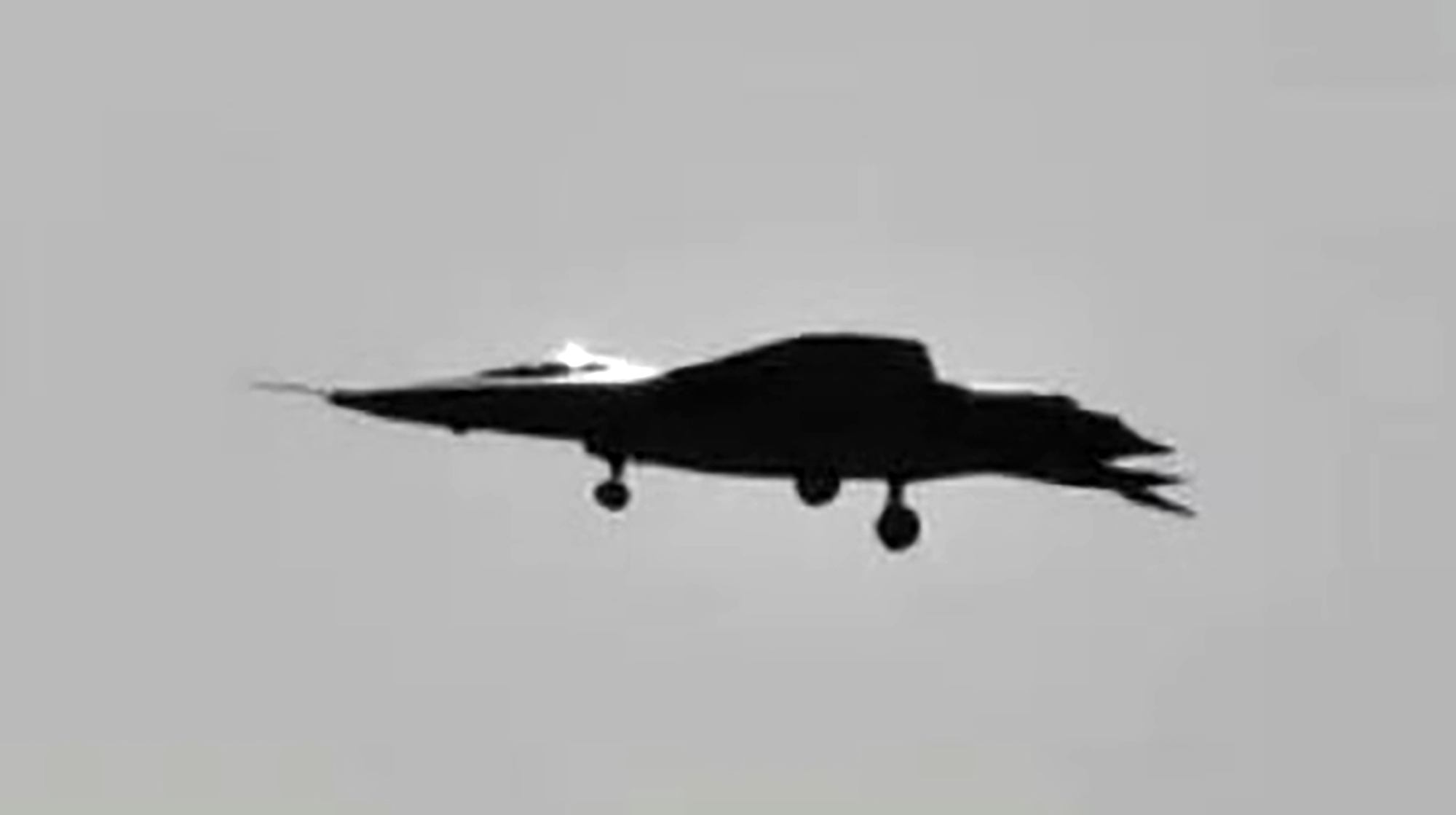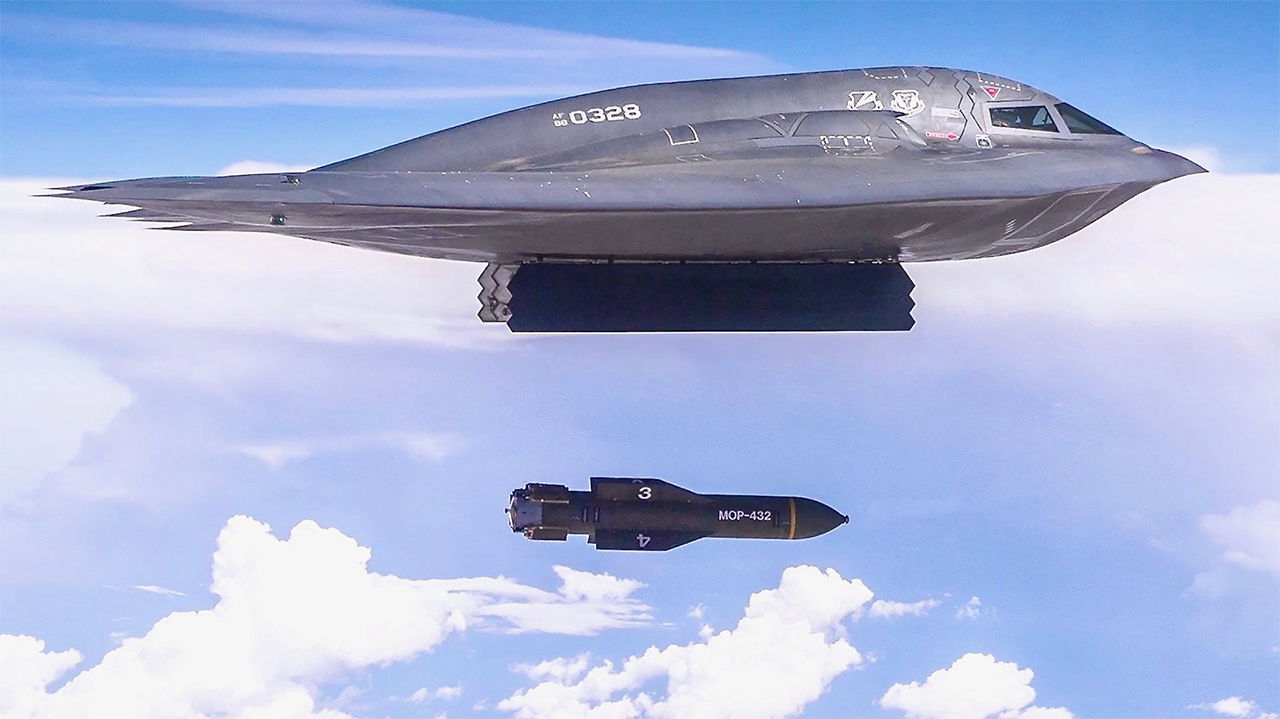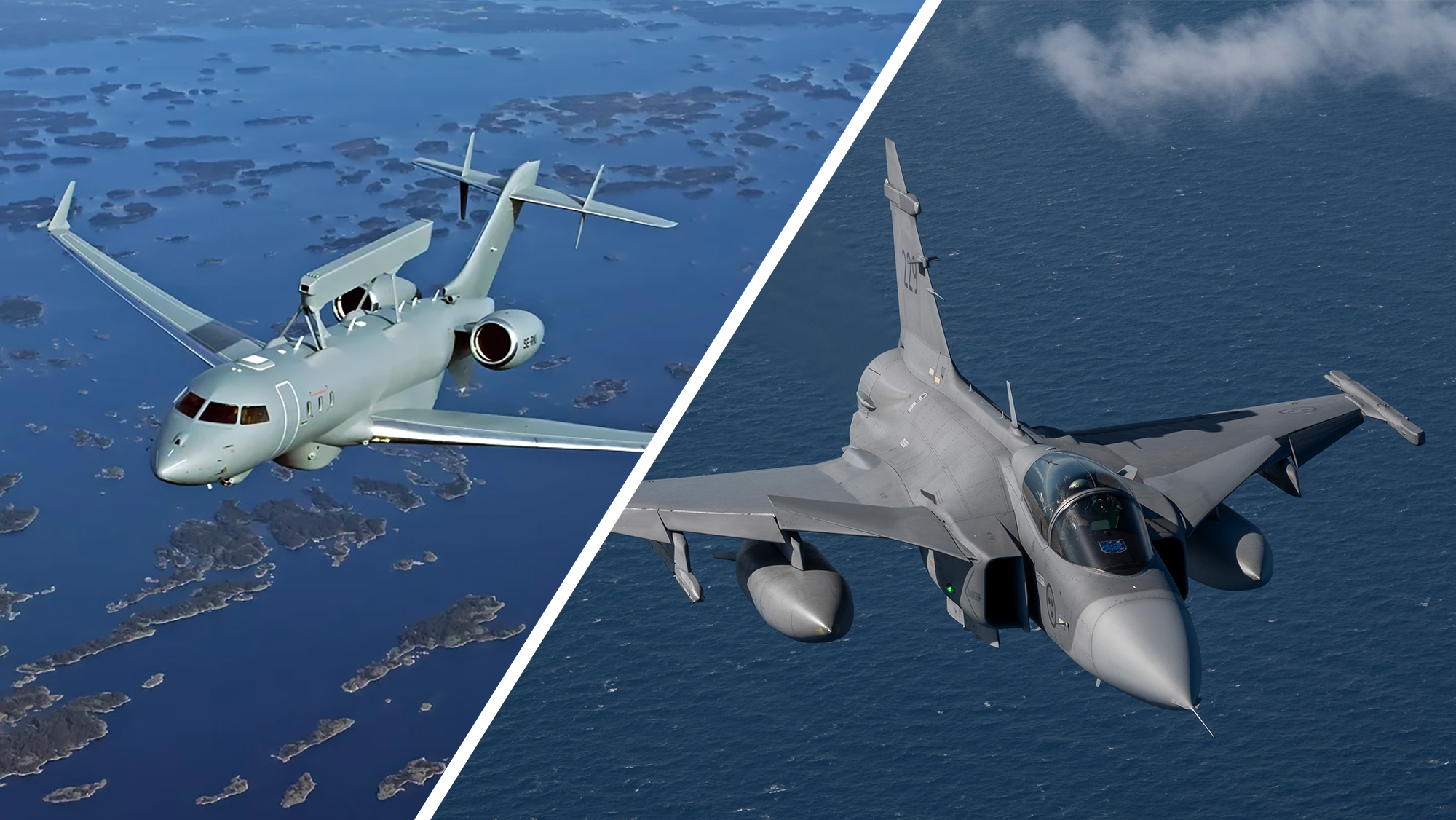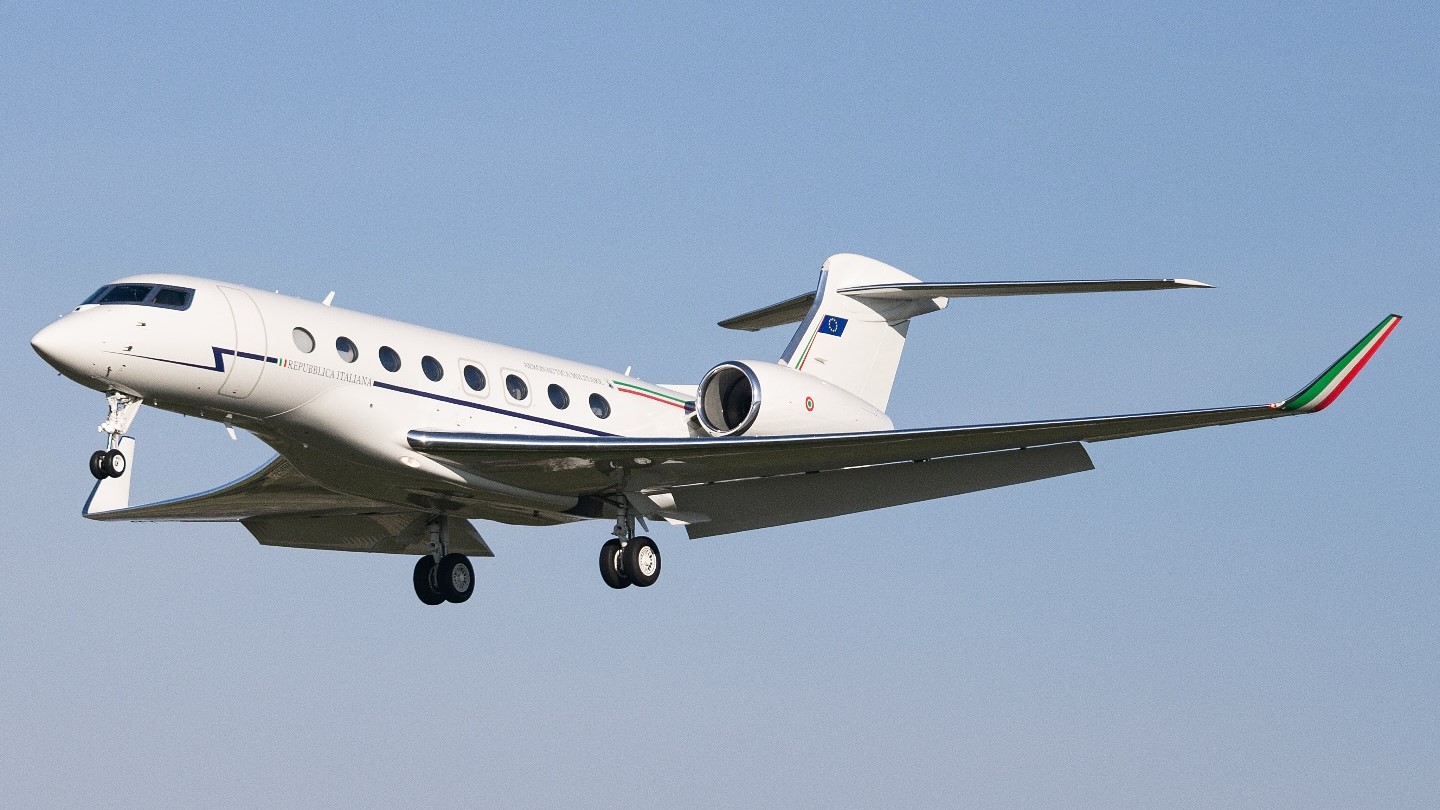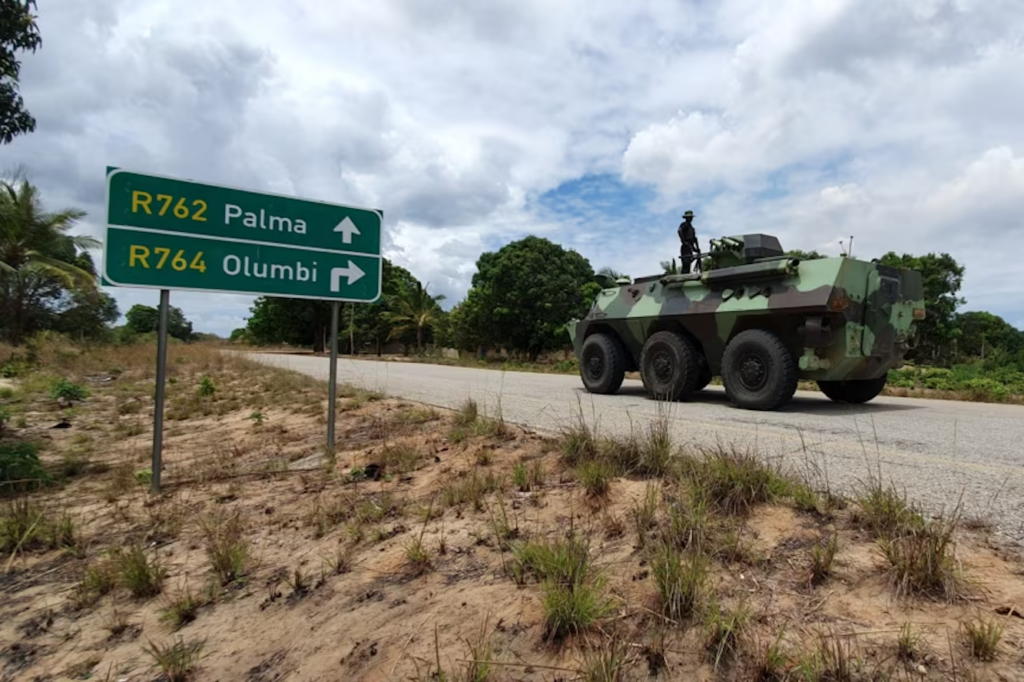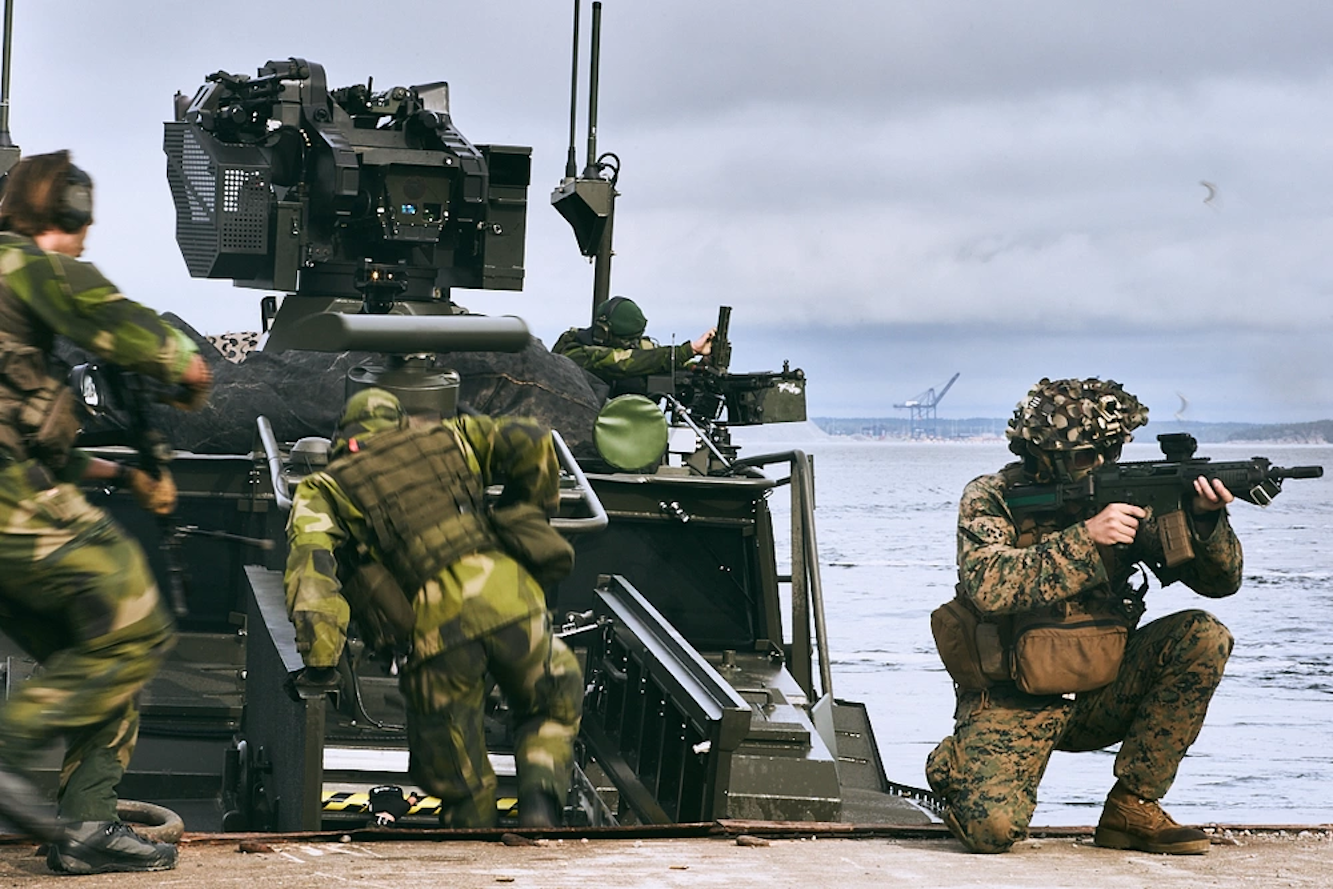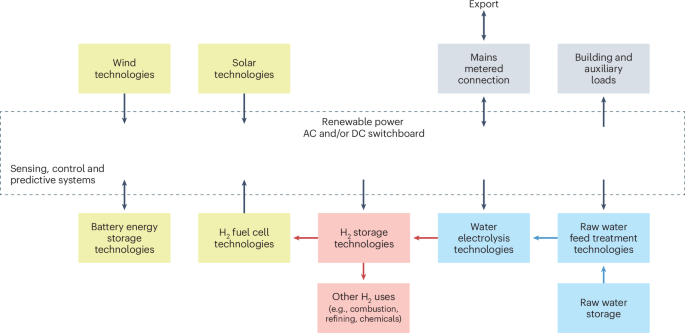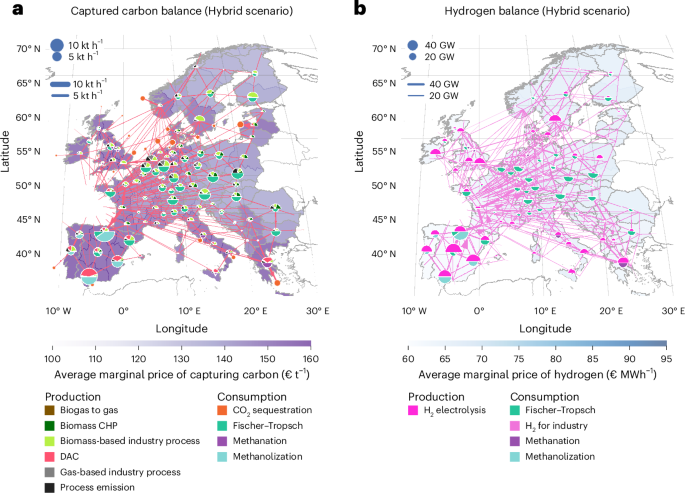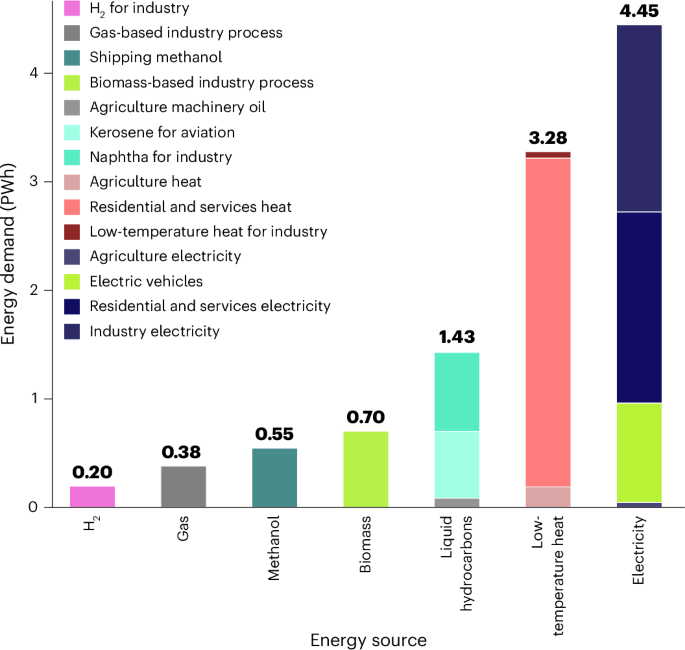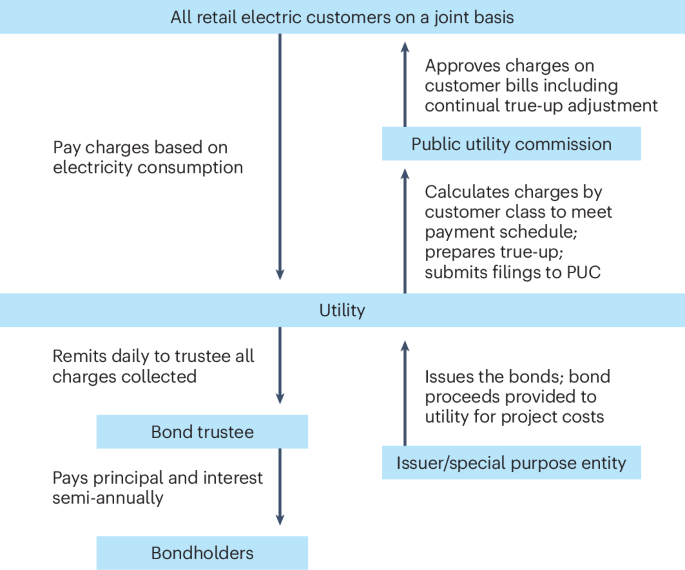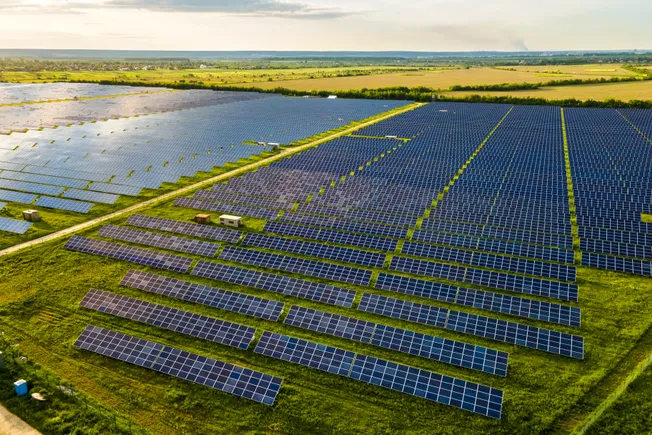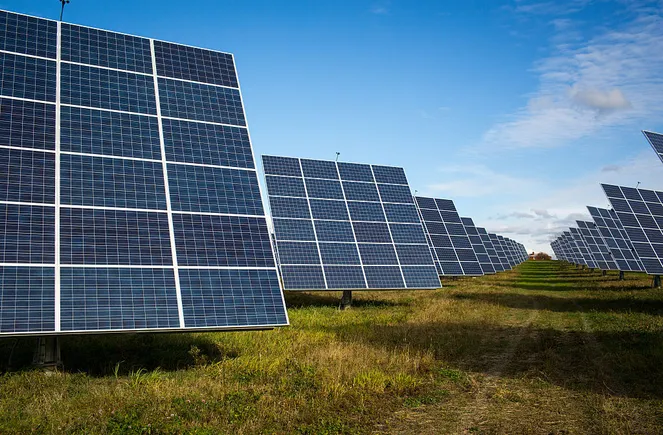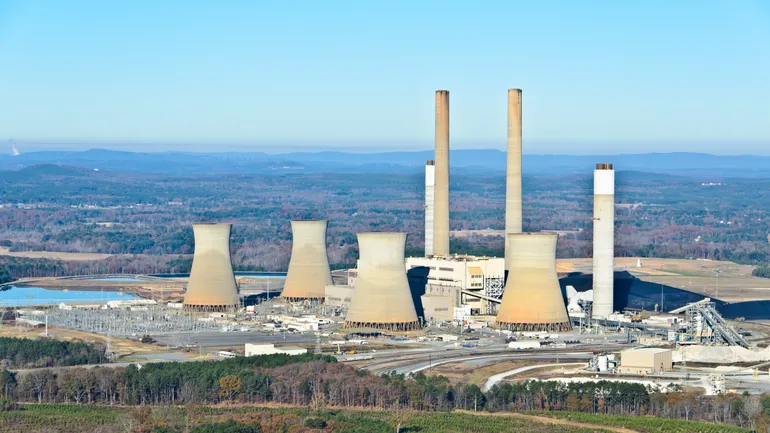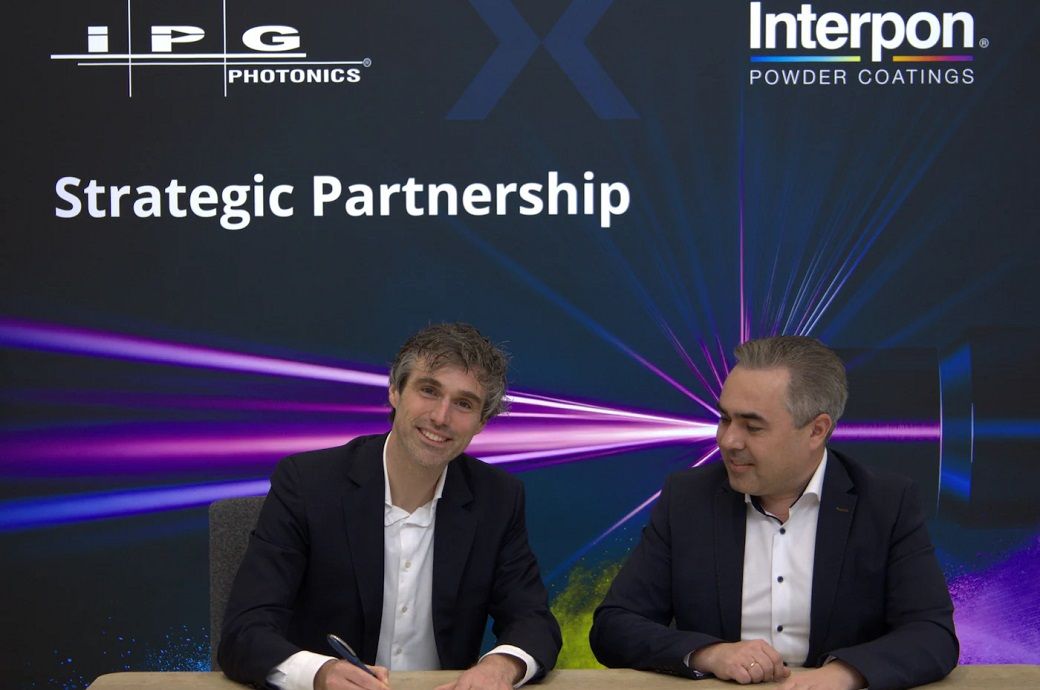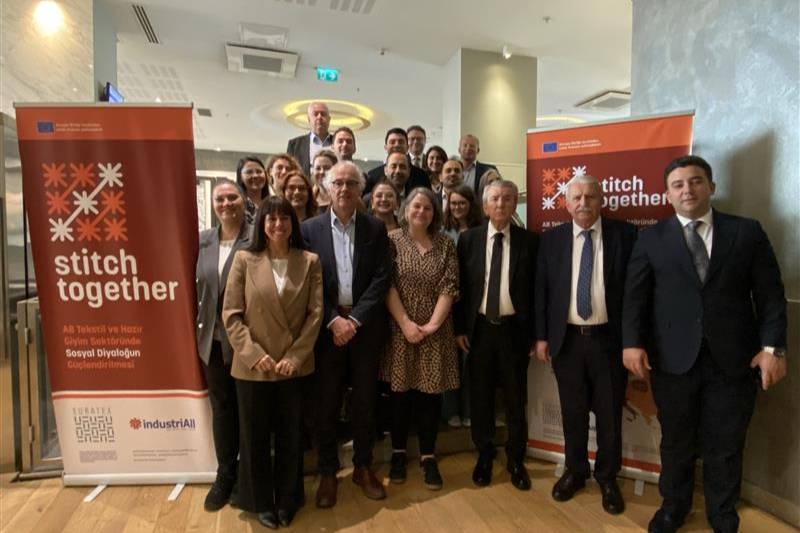‘Hell of a body blow:’ Ukraine shift may stir market headwinds for US SAR-sat operators
“Going back to pre-Ukraine supplemental procurement levels would see the USG buying only a small fraction of the US commercial SAR capacity available; hardly enough to support combat operations or sustain a healthy US industrial base,” said David Gauthier.


Umbra SAR satellite image of Cannes, France (Umbra)
SPACE SYMPOSIUM 2025 — The Trump administration’s potential strategic shift away from military and economic support to Ukraine may result in financial fallout for US-based commercial providers of synthetic aperture radar (SAR) satellite imagery — which could leave those firms scrambling to find alternative sources of income, according to market watchers.
Since Russia’s February 2022 invasion of Ukraine, the single biggest buyer of commercial SAR data has been the US government, especially the National Reconnaissance Office, according to a handful of industry officials and market analysts.
And what funding has been available has been heavily dependent not on annual agency budgets, these sources said, but on extra-budgetary supplementals provided by Congress that may well disappear as the US turns its sights to brokering a peace deal between the two sides.
“The world’s leading commercial SAR providers—Umbra Space, ICEYE, and Capella Space—are today performers on NRO study contracts, which provide sparse procurement funds in terms of any formal government spending. Thanks largely to the 2024 supplemental bill for US support to Ukraine and Israel, these same companies have been tasked extensively to collect radar imagery over Ukraine,” said David Gauthier, former head of commercial programs at NRO’s sister IC space agency, the National Geospatial-Intelligence Agency (NGA).
In theory, those firms should be able to make up any lost revenue by turning to the commercial realm, or selling to other governments. But commercial demand has been slow to build up, and industry executives have openly complained that international sales are hamstrung by export control obstacles.
The NRO currently has the three US-based SAR satellite firms on short-term contracts under its Strategic Commercial Enhancements Broad Agency Announcement, after downsizing from an initial set of awards granted in January 2022. While ICEYE is a Finnish company, NRO’s contract is with its separate US arm, ICEYE US.
“NRO’s BAA contracts for commercial SAR are incrementally funded through a mix of NRO’s base budget, Congressional adds, and Supplemental Funding from the Ukraine and Israel Supplement bills,” a NRO spokesperson told Breaking Defense in an email.
The contracts “are incrementally funded and amounts vary by contract. The amount of funding initially provided to our commercial partners is designed to start or to execute a specific collection campaign. Every contract and situation is different and there are many variables that are considered in determining the amount of funds provided throughout the contract period of performance,” the spokesperson added.
But Gauthier, who is now chief strategy officer at GXO, Inc., a consultancy specializing in space startups, argues that NRO’s budget at the moment cannot support either today’s battlefield needs for SAR imagery or the emerging commercial industrial base.
“With neither a formal budget program for a Radar Commercial Layer at the NRO until [fiscal 2026] at the earliest, nor any new US supplemental funds for the conflict in Ukraine, the IC simply does not have the funds to purchase enough commercial SAR imagery to meet these needs. Going back to pre-Ukraine supplemental procurement levels would see the USG buying only a small fraction of the US commercial SAR capacity available; hardly enough to support combat operations or sustain a healthy US industrial base,” he said.
Chris Quilty, founder of market analysis firm Quilty Space, agreed that if US funding for Ukraine dries up, it “would be a hell of a body blow” for emerging remote sensing companies, including those providing SAR data.
Will SAR Firms Find Commercial Buyers to Bolster Sales?
One key question, Quilty said, is whether SAR firms can spark a real commercial market for their images and analytical products. While the number of SAR satellites on orbit has trended upward for the past three years, it remains unclear whether “that increasing supply created and created any incremental demand.”
Likewise, Fletcher Franklin, deputy director for analytics at Bryce Technologies, noted that it isn’t yet clear what the non-governmental market might be for SAR-sat imagery and products.
“Umbra, Capella, and ICEYE are three great examples of companies that have released datasets for free to reach more users, accelerate adoption, and inform analytics models. … [W]hat is the uptake from those efforts is the question?”
While exporting to foreign governments also could help offset a drop in US government spending on SAR, there are headwinds there too.
“If it’s just a question of budgets, then it’s certainly possible that some of that could be picked up by, overseas sources, in the same way as people like Poland have said, ‘Okay, well, you know, we also fund some of the Starlink connectivity in the Ukraine.’ Certainly if the Europeans were going to up their spending to counteract any decrease in the US that might balance things out to some degree,” Tim Farrar, a long-time space industry analyst, told Breaking Defense in an interview.
“Although realistically, European budgets for these sorts of things are generally a lot lower than the levels of spending we’ve historically seen from the US.” he cautioned.
A second problem for US SAR firms seeking foreign markets is that at the moment, export control rules prevent them from selling SAR-sats and sensor payloads with the same precision as those being sold abroad by companies such as France’s Airbus, and yes, ICEYE Finland. Current International Traffic in Arms Regulations prohibit the sale of SAR satellites and payloads using a spectrum width of greater than 300 megahertz (MHz); the standard used by non-US SAR providers is 1,200 MHz, according to industry officials, putting US firms at a distinct disadvantage.
A SAR satellite sensor provides an imagery resolution roughly equivalent to a picture taken by a space-based electro-optical camera with a resolution between 0.25 and 0.30 meters, the officials said.
Even though US companies can still sell SAR “pictures” taken at 1,200 MHz to foreign customers, many non-US governments aren’t interested in buying only imagery and instead want their own satellites to ensure national sovereignty — a desire that has only broadened and deepened in Europe due to Trump administration policies on Ukraine, and now its sweeping tariffs including on fellow NATO allies.
The State Department last October issued a draft proposal to ease SAR satellite export control standards, but to the dismay of industry officials it only increased the export threshold to 500 MHz.
A State Department official told Breaking Defense that on Nov. 19, 2024, “in response to industry requests,” the department extended the public comment period on the proposed rule until Dec. 23, 2025. Despite the change in administration, the proposal to ease the export control rules “remains active according to the Office of Management and Budget’s website,” the official added, with “the target timetable for a final rule on such matters is currently listed as September 2025.”
Further, the official said, the department is actively reviewing industry comments on the proposal.
But even if the State Department decides to free up sales of SAR-sats with similar capabilities to those being offered abroad, geopolitical realities may prove an obstacle for US firms. The March 7 move by NGA to shut down its provision of US government gathered commercial remote sensing imagery products (maps and the like) to Ukraine sent shivers through European defense circles. While the Trump administration did not shut off direct sales by US firms to Kyiv, and reversed its decision a week later, it has likely only deepened in Europe a desire for sovereign capabilities. The start of sweeping tariffs, including on fellow NATO allies, could also impact interest in US-based contracts.
Officials from the three US-based NRO SAR contractors contracted by Breaking Defense were reluctant to speak about the potential market hardships — perhaps unsurprisingly, given that all three are at the moment are largely financed by venture capital firms that could easily be spooked by a perceived lack of growth opportunities.
Operators Keeping Their Collective Chins Up
In the meantime, firms are focusing on the positives and continuing to trumpet government deals.
Umbra on March 27 announced the signing of a Cooperative Research and Development Agreement (CRADA) with NGA. “Under this CRADA, Umbra gains access to NGA’s research insights to better align its capabilities with mission requirements, while NGA can leverage Umbra’s advanced Synthetic Aperture Radar (SAR) and RF data products and satellite technology to expand its research and operational capabilities,” the press release said.
ICEYE Finland on March 28 announced that it had clinched a deal with NATO’s Situation Center, located at NATO headquarters in Brussels. The Situation Center is the alliance’s intelligence gathering unit providing alerts and warnings to NATO ruling North Atlantic Council and its Military Committee. The company did not publish the contract’s value, and a NATO spokesperson told Breaking Defense that the alliance does not “not publish details about contract providers and specific budgets.”
Frank Backes, CEO of Capella, told Breaking Defense on March 10 that he is optimistic both about the prospects for the State Department to level the playing field, and wider market opportunities.
“There is more demand than there is capacity,” he said.
Tim Martin in Belfast contributed to this story.

















